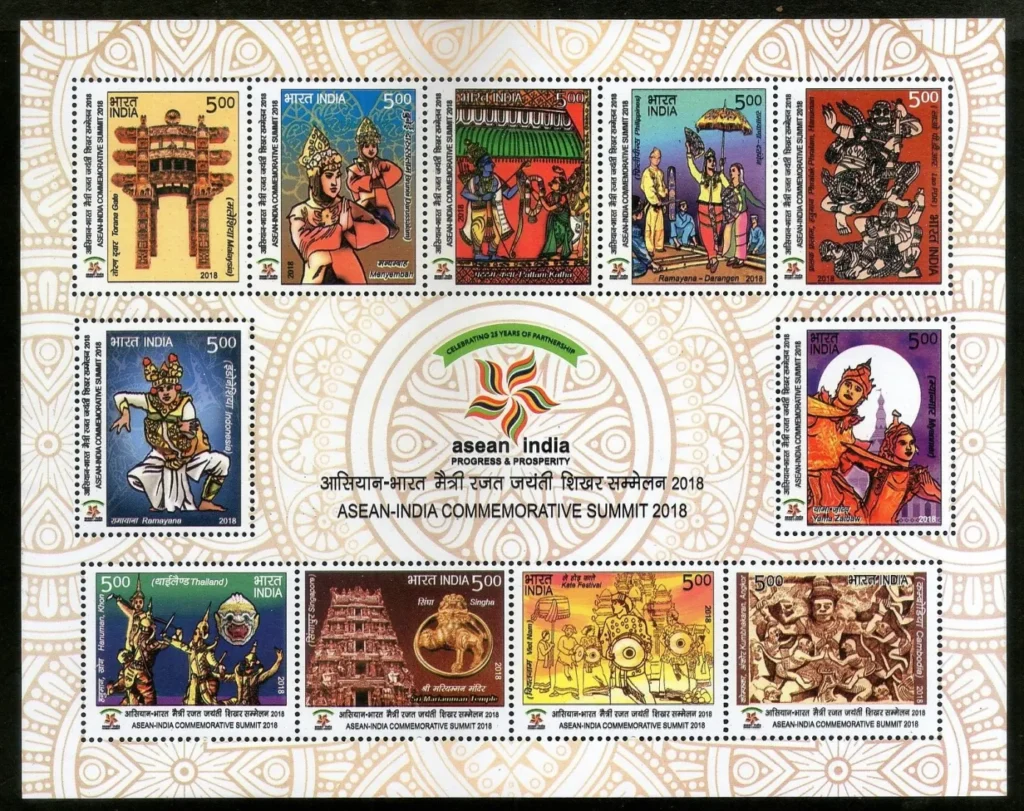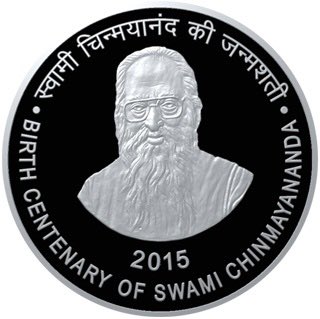
Sri Rama was the maryada-purushottam, the ideal man. The purpose of his avatar was to teach us how to live.
On the same day he was born, three other mahapurush, his brothers, were born. Their goal was different. They taught us how to love and their importance should not be underestimated. We must remember to pray to these great devotees, because the path to discover bhakti in our hearts is only through the grace of the bhakta.
The relationship of each of the brothers with Rama was different. In the Bala Kanda portion of Sri Ramcharitmanas, Tulsidas uses simple analogies to describe the bond they individually shared with Rama.
Bharata’s relationship with Rama is described as the love of a bee for a flower. The bee and the flower, by virtue of their very being, are not always in physical proximity. However, whether they are together or not, the bee enjoys the nectar, the very essence of the flower. In the same way, even though he was not always with Rama, Bharata remained ever absorbed in the avatar’s divine essence.
Lakshmana, on the other hand, always followed Rama everywhere. He is, therefore, described as the flagpole on which the flag of Rama’s glories are hoisted. Physical closeness is essential to this relationship. A flag that is folded and stored is never saluted, nor is a bare flagpole given a second thought. However, when the flag is hoisted on the pole, people salute it and sing anthems in its praise. Yet, the flagpole is not given any special attention or praise, nor is any expected.
Lakshmana never desired any fame for himself. He only wanted Rama’s glories to spread everywhere at all times.
And finally, there is Shatrughna. The very name Shatrughna means ‘killer of enemies.’ At first glance, this seems quite a misnomer, since the Ramayana never describes him slaying demons nor shows his physical prowess or military might. What enemy then has he slain?
When we observe life, we find that the mind alone is the source of all enemies, within and outside us. Inner enemies are desire, likes, dislikes, etc., which are the biggest obstacles to our peace and happiness. When we interact with the world under the influence of such a volatile mind, we cause both good and bad reactions. And so any enemy in the external world is only a reflection of some inner imperfection in us. By overcoming the mind, therefore, Shatrughna had destroyed all his inner demons, and had removed external enmity also at the very root.
Further, Shatrughna’s relationship with Rama was indirect. Both Bharata and Lakshmana directly served Rama by helping him to accomplish his goals and objectives, but Shatrughna served Rama’s devotee.
To serve anyone requires a modicum of humility. But Shatrughna served Bharata, who was himself a servant of Rama. To be the servant of a servant, in addition to the complete absence of egoism, one requires a nature that is truly humble.
Shatrughna’s example is one that we can strive to emulate. We may not be among the Bharatas and Lakshmanas of this world, who can directly interact with the Divine. But we are free to serve society and the nation.
By Swami Tejomayananda
The writer is a member of the Chinmaya Mission
Source: Speaking Tree, The Times of India, Oct. 20, 2018
Image above: Postage stamps issued by India to commemorate the ASEAN India Commemorative Summit 2018.

Chinmaya Mission is a Hindu spiritual organisation engaged in the dissemination of Vedanta, the science of the self as expounded in the Vedas, particularly the Upanishads, and other important Hindu scriptures, including the Bhagavad Gita. The Chinmaya Mission was established in India in 1953 by devotees of the renowned Vedanta teacher Swami Chinmayananda Saraswati. Administered by the Central Chinmaya Mission Trust in Mumbai, India, the mission was later headed by Swami Tejomayananda and is now headed by Swami Swaroopananda. There are over 313 mission centres all over India and abroad. The motto of Chinmaya Mission is “to give maximum happiness to maximum people for maximum time.”
